Olympus OM-D Mk II and Fuji X-T2 versus Nikon D810: An unfair fight?
Olympus OM-D Mk II and Fuji X-T2 versus Nikon D810
Olympus OM-D Mk II and Fuji X-T2 versus Nikon D810
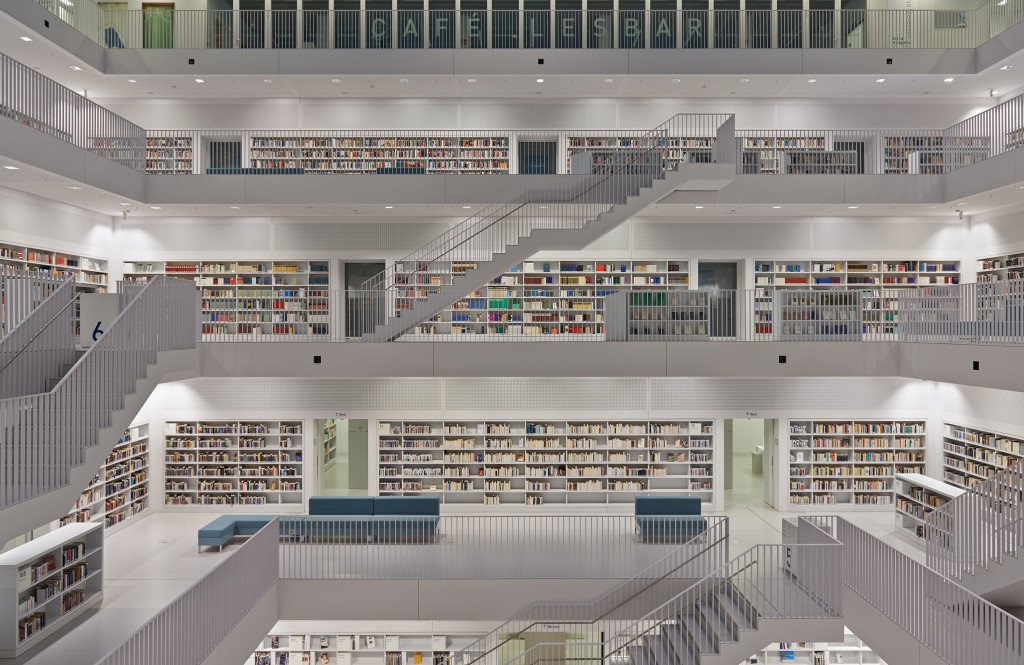
I love my holy trinity of Nikon f/2.8 zoom lenses covering a total range of 14-200 mm focal length. The mid-range zoom AF-S 24-70 mm f/2.8G ED N (short G-version) has become my workhorse and go-to lens with its most versatile zoom range; from wide-angle landscapes and panoramas, to portraits and events. Not that it is lightweight, but the built quality is excellent, the out-of-focus areas are smooth, and there are very little chromatic aberrations along the entire zoom range and at all apertures. The lens snaps into focus instantly and silently and it never hunts, even in most challenging lighting conditions.
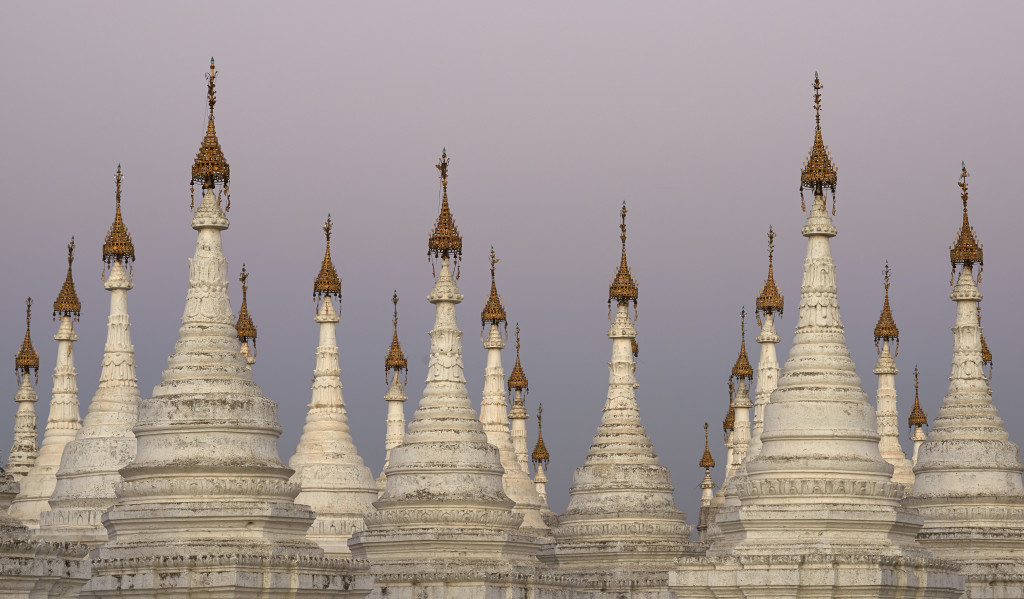
Film shooter: Film slows me down; I shoot less and thus increase my keeper rate. In a world of instant gratification I love to wait for having my film developed. The look of film is more organic and natural. I concentrate on the subject, not on the histogram: just the camera, the subject, and me. The film camera of my grandfather will outlast you and me. It still takes better images than the modern, disposable DSLRs. Film does not require a laptop, extension cord, power strip, Terabyte backup drive, mouse, card reader and all that junk filling my suitcase. Shooting film, I will have the evening free for my wife/ girlfriend/ partner; no downloading, backing-up, RAW processing, and sensor cleaning. Film has better resolution and is future proof because scanners will always improve.
Digital gearhead: Even my 10 year-old, 6 MP Canikon has a better dynamic range and color accuracy than film ever had. My digital file at ISO 409600 shows less noise then Kodak Extar 400. We have long surpassed the state of sufficiency and I have made 6-foot prints from my DSLR that look gorgeous. It’s the guy behind the camera that matters, not the equipment. Street-shooting with my mirrorless I can be very stealthy. Hard drives store billions of images in far less space than binders full of film. With digital it is common for me to shoot a thousand images in an hour-long football match at no cost.
Now with these fanboy statements out of the way, I must admit that after 20 years of shooting large-format film I have become pretty much a digi-convert myself. Yes, the almost total lack of noise on the D800e at base ISO far surpassed that from even the finest grained film. Yes it was much easier to nail correct exposure checking the histogram. And it was easier to remove the few dust spots that might turn up on a digital file, than the lengthy spotting necessary on even the most carefully processed and handled film. But was it the right move?
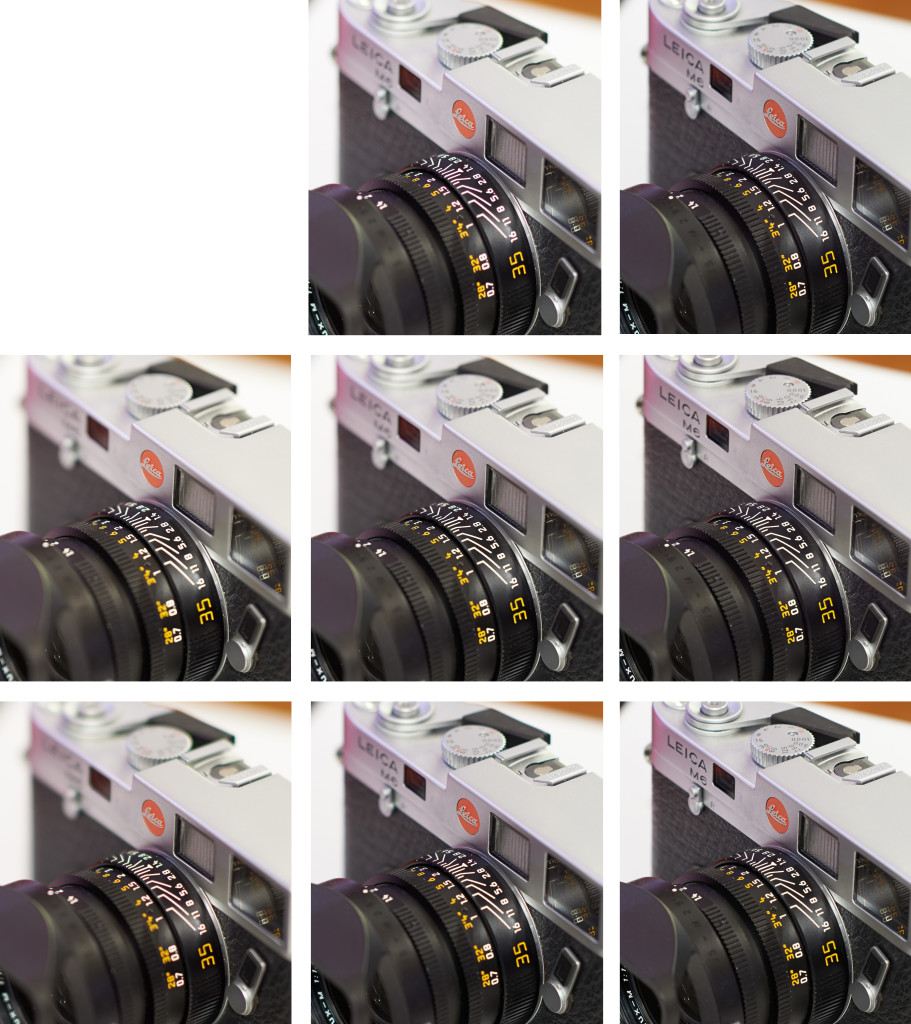
Yesterday I picked up some accessories at Euro-Photo Puig in Geneva, where they had on stock a Zeiss Otus 85 mm f/1.4 Apo Planar T*. This is a mouthful of a name, so I call it Otus 85 from now on. I had the opportunity to take a couple of sample images, however, not out the store’s door as originally planned. It had started snowing, which rendered the scene useless as test for sharpness and micro-contrast. So what else is there to photograph inside a photo store than a nice vintage camera?
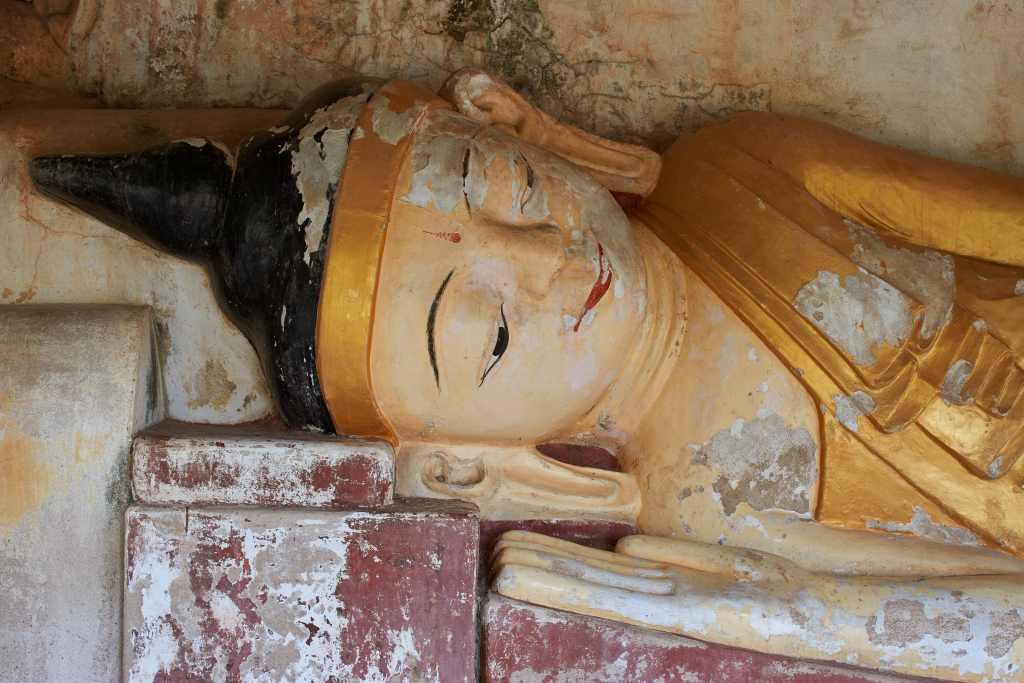
Buying christmas gifts for photographers can be a tricky business, in particular, if you are not technically inclined and discard kitschy nonsense like lens-shaped coffee mugs. So here are some proposals for equipment that will not end up on the bottom of the gear closet.
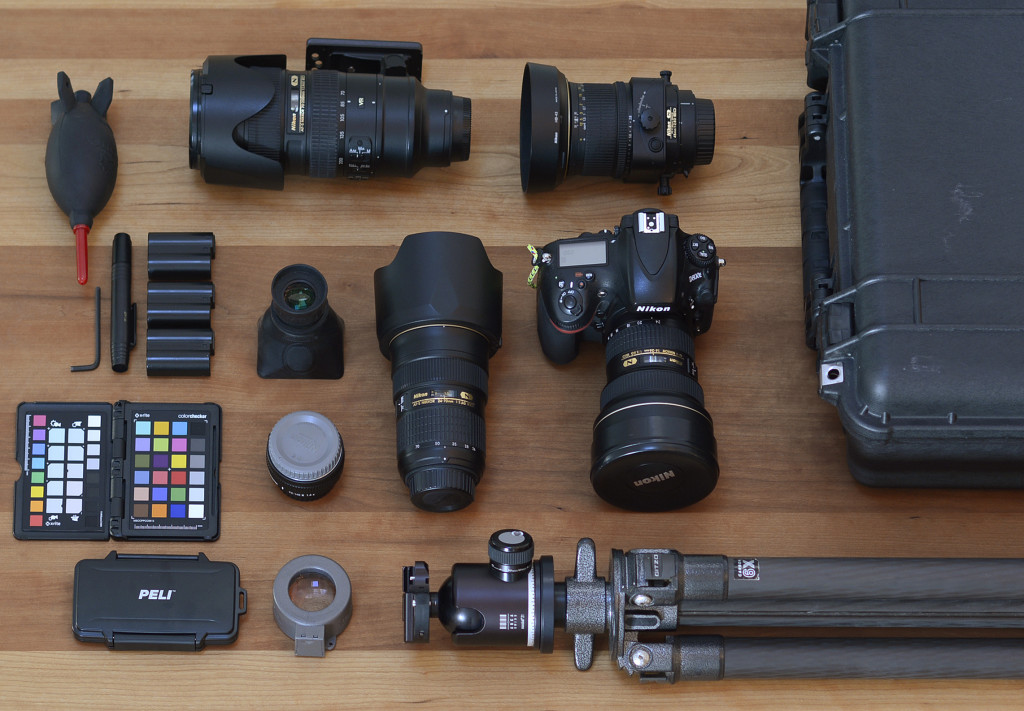
I am on the road (trek) for more than four weeks around the Annapurnas in Nepal. If it was only for the mountains, I could stay in the Alps and actually climb some of them. In the Himalayas the peaks are higher and their faces larger, which is, however, difficult to convey in a photograph. There is simply a lack of scale.
What keeps dragging me into the Himalayas are ethnical diversity, architecture, culture, and high-altitude wilderness. Moreover, there is this fascinating, rapid change in the way people live in the remote mountain areas. From no access to electricity, phone and television, to wireless Internet and smart-phones in less than a decade. On this trip it will also be interesting to study the change brought about by the recent construction of the road in the Annapurna region. Indeed, there are a lot of very different subjects for a photographer.
So what do I bring, and why?

Fighting hard against GAS (Gear Acquisition Syndrome), I still have four ways to arrive at 85 mm focal length. I may therefore check out some widespread myths about lenses: 1) Prime lenses are better than zooms. 2) Vintage lenses are ill suited for digital sensors because they are not telecentric, that is, the ray angles at the edges of the sensor exceed the acceptance angle of the microlenses, which results in reduction of color saturation, and color fringes. 3) The 35 mm lenses have a better resolution than medium and large-format lenses, simply because they need to cover only a smaller caputure area and can therefore be made from more expensive glass.
The contestants
I hated the Nikon AFS 70-200 f/2.8 and the Canon equivalent, because having set up my large format camera, I was more than once harassed by photographers carrying these lenses. Considering their form factor it does not need much to imagine what some guys are compensating for.
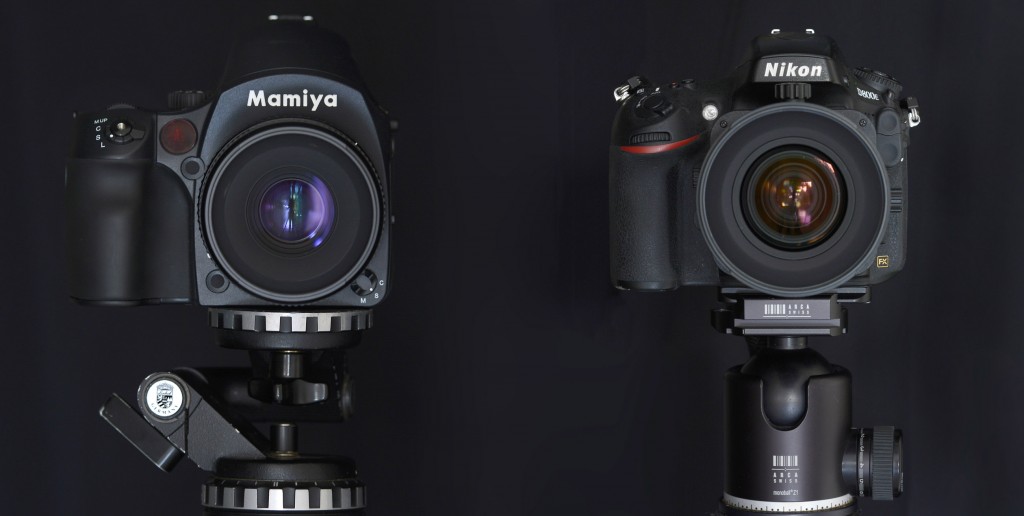
A number of comprehensive test reports have been published on the Nikon D800E. The image quality of this camera has triggered shootouts with medium format systems such as the Leica S, Hasselblad H4D, and the Mamiya/Leaf combo.
To me, these evaluations were not really conclusive, as they focus mainly on resolution and often propose pixel peeping on a low-gamut LCD screens. In discussion forums, these tests have consequently drawn comments that it would be illicit to “compare apples and oranges” and that there are “horses for courses”. Such comments are triggered by the real-world decision-making problems featuring multiple conflicting objectives. The best conceived test is useless if the methodology is not sound and the criteria are not clearly defined. But more importantly any such test will be highly subjective with inherent, strongly weighted objectives.
Therefore, I must explain first my shooting style and preferences, workflow, and photographic background. For me, the definition of an outstanding image boils down to a simple question: wouldn’t I mind spending big bucks on printing and framing of an image, displaying it in my home, and looking at it for hours on end? For me, as a scientific engineer, technical perfection is an important aspect. Any of my keeper images qualify for a 60×80 cm (23”) fine art print, holding up 10″ viewing distance. This is what I call supernatural, because the print reveals details that at the location were not visible to the naked eye. I thus spare no effort; when I visualize an image at a remote place, which I might be able to visit only once in a lifetime, I just want to have the best equipment with me. And leaving aside the artistic aspect of photography, if something goes wrong technically, it will be my, and not the equipment’s fault.